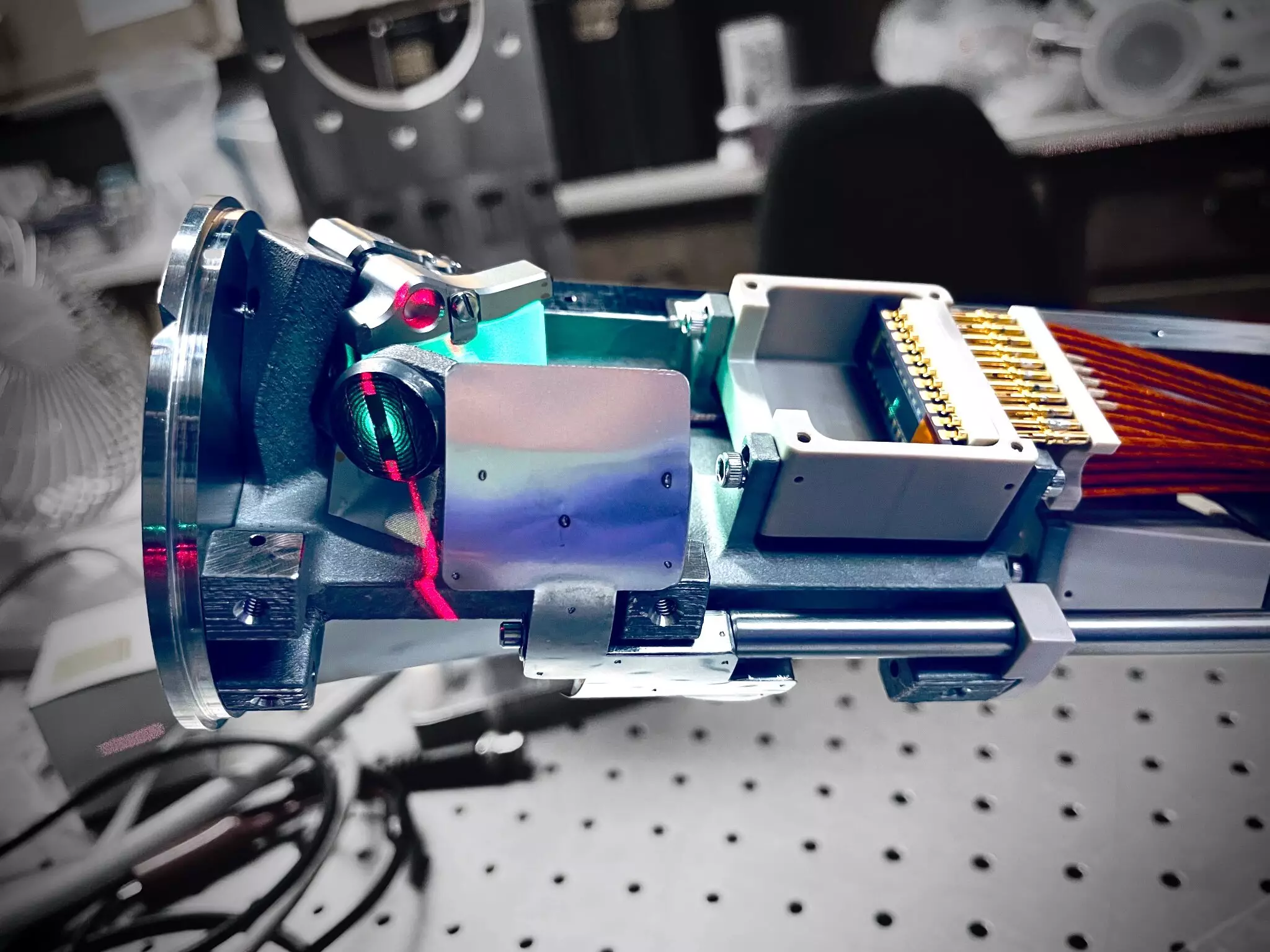Creating heat from fusion reactions is a complex process that requires precise manipulation of plasma properties. Scientists at the U.S. Department of Energy’s (DOE) Princeton Plasma Physics Laboratory (PPPL) have developed a new plasma measurement instrument called ALPACA. This innovative diagnostic tool could significantly impact the efficiency and power output of fusion reactions in tokamaks, bringing us closer to realizing the potential of fusion power plants.
ALPACA plays a crucial role in studying the fueling process in fusion reactions. By observing the light emitted by neutral atoms surrounding the plasma inside tokamaks, scientists can gather valuable information about the density of these atoms. This data is essential for maintaining high plasma temperatures and increasing fusion power output. The ability to control the neutral atom density can lead to more efficient fusion reactions, ultimately producing more heat for electricity generation.
The Functionality of ALPACA
ALPACA operates by collecting plasma light at the Lyman-alpha wavelength, allowing researchers to calculate the density of neutral atoms based on the brightness of the light. Unlike previous instruments that provided challenging data interpretation, ALPACA’s design focuses specifically on collecting data at this critical frequency, resulting in clearer and more reliable information. This contributes to a deeper understanding of fueling dynamics, enabling scientists to fine-tune the process for enhanced performance and increased heat generation.
ALPACA works in conjunction with another diagnostic tool called LLAMA, forming a comprehensive system for plasma observations. While LLAMA focuses on the lower regions of the tokamak, ALPACA covers the upper areas, allowing researchers to monitor neutral atom accumulation throughout the device. This dual-diagnostic approach is essential for obtaining accurate and comprehensive data, as neutral atom distributions can vary significantly within the plasma chamber.
The design of ALPACA incorporates advanced engineering techniques, including 3D printing to create intricate cooling conduits within the instrument’s structure. This innovative approach enabled the integration of complex components that would have been challenging to produce using traditional machining methods. The development of ALPACA involved significant contributions from various experts at PPPL, highlighting the organization’s expertise in engineering and plasma diagnostics.
Future Implications
As ALPACA undergoes testing and prepares to collect actual measurements during operational phases, the scientific community eagerly anticipates the insights it will provide. By enhancing our understanding of fueling processes and plasma dynamics, ALPACA has the potential to revolutionize fusion research and contribute to the advancement of fusion energy technologies. With continued collaboration and innovation, tools like ALPACA pave the way for sustainable and efficient energy solutions that could reshape the global energy landscape.
The development of ALPACA represents a significant milestone in fusion research, offering a unique opportunity to optimize plasma conditions for enhanced fusion reactions. By leveraging advanced diagnostic tools and cutting-edge engineering techniques, scientists are poised to unlock the full potential of fusion energy, bringing us closer to a future powered by clean and abundant energy sources.


Leave a Reply